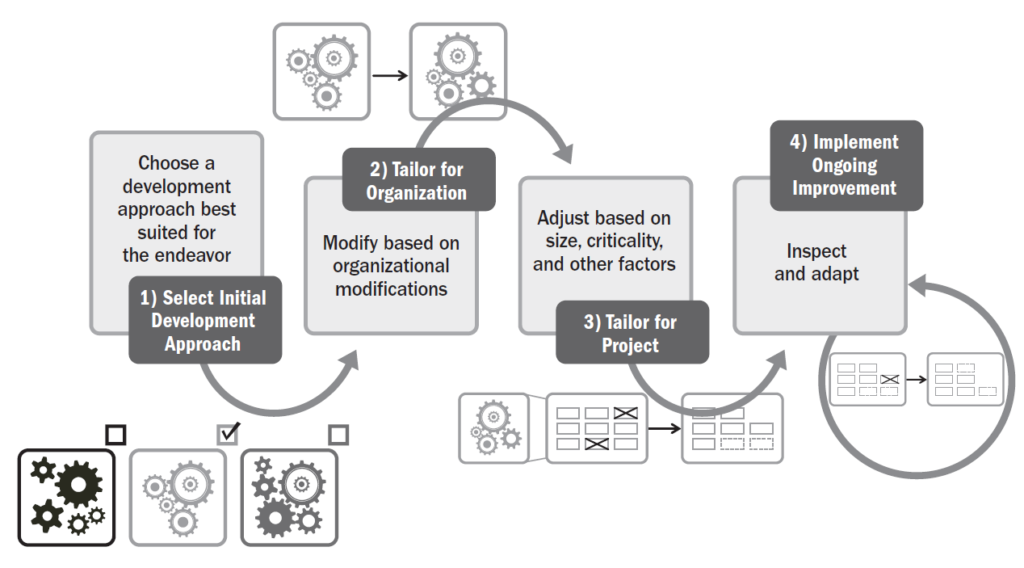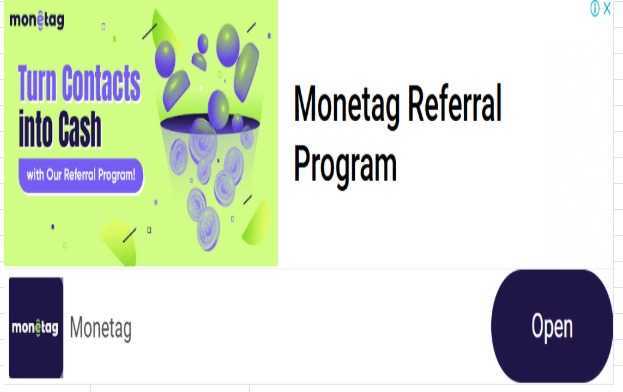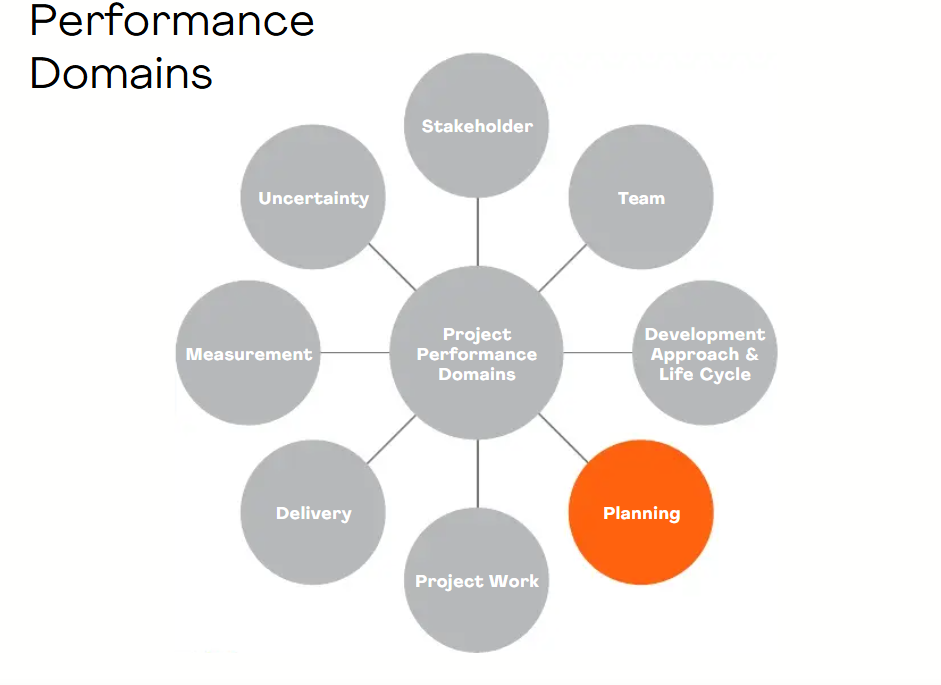Here is a full blog post on “Tailoring the Performance Domains – Planning”, based on the PMBOK® Guide and tailored for a comprehensive 3000+ word blog article.
Tailoring the Performance Domains – Planning
In project management, planning is the foundation upon which successful execution is built. Yet, no two projects are exactly alike—and neither are their planning needs. The Planning Performance Domain, as defined in the PMBOK® Guide (7th Edition), is not a fixed set of processes or documents. Instead, it emphasizes a tailored and adaptive approach that aligns with the specific context of each project.
In this article, we explore how tailoring the Planning Performance Domain enhances decision-making, improves efficiency, and ensures better stakeholder alignment—whether you’re managing a traditional construction project, a fast-paced software launch, or anything in between.
Understanding the Planning Performance Domain
The Planning Performance Domain focuses on establishing the scope, schedule, resources, cost, quality, communication, risks, procurement, and stakeholder engagement strategies necessary to deliver value through the project.
Key outcomes of effective planning include:
- Clear understanding of project objectives
- Stakeholder alignment and buy-in
- Effective decision-making mechanisms
- Realistic performance baselines
- Managed risks and dependencies
However, tailoring ensures these outcomes are achieved in a way that fits the project’s size, complexity, environment, and delivery method.
Why Tailor the Planning Domain?
Tailoring the Planning Domain is essential because:
- Every Project Is Unique
Different industries, teams, tools, and goals require customized planning strategies. - Avoid Over- or Under-Planning
Over-planning can waste time and money; under-planning increases risk and uncertainty. - Support the Chosen Development Approach
Planning in Agile projects differs drastically from planning in Predictive models. - Align with Stakeholder Expectations
Tailored planning ensures you communicate the right level of detail to the right people. - Adapt to Organizational Structures and Policies
Some organizations require detailed compliance documentation, while others are more agile and informal.
Key Considerations for Tailoring the Planning Domain
When tailoring the Planning Performance Domain, project professionals must assess several key dimensions:
1. Project Type and Complexity
- Simple Projects: May only need a high-level plan with a few key milestones.
- Complex Projects: Require detailed plans for schedule, cost, scope, resources, risks, and quality.
Tailoring Tip: Match planning depth with the project’s size and impact. Use lightweight planning techniques for quick-turnaround projects and detailed documentation for large, strategic initiatives.
2. Development Approach
- Predictive (Waterfall): Emphasizes detailed upfront planning. Plans are more rigid and change-controlled.
- Agile/Adaptive: Focuses on rolling-wave planning, flexibility, and continuous refinement.
- Hybrid: Combines fixed and flexible planning components.
Tailoring Tip: Align the planning process with the selected development approach. For agile projects, use product backlogs and sprint plans instead of detailed Gantt charts.
3. Stakeholder Needs and Involvement
Different stakeholders require different planning artifacts and levels of detail.
- Executives might need milestone schedules and budget forecasts.
- End-users may benefit from prototypes and release roadmaps.
Tailoring Tip: Plan how you’ll engage stakeholders—what information they need, how often they need updates, and how they prefer to receive it.
4. Regulatory and Compliance Requirements
Highly regulated industries (e.g., pharmaceuticals, aerospace, finance) require extensive documentation and formal sign-offs.
Tailoring Tip: Incorporate compliance checkpoints, audits, and documentation standards in your planning process only when applicable.
5. Organizational Culture and Maturity
Some organizations have well-established planning processes and require extensive documentation, while others are more informal and agile.
Tailoring Tip: Match your planning rigor to the culture of the organization and maturity of the PMO (Project Management Office).
6. Risk Tolerance and Uncertainty
- High-Risk Projects: Require detailed risk management planning, contingency reserves, and frequent reviews.
- Low-Risk Projects: May only need a basic risk register.
Tailoring Tip: Don’t overburden low-risk projects with unnecessary planning artifacts. Focus only on the risks that matter.
Tailored Planning Elements
Here’s how various components of planning can be tailored:
1. Scope Planning
- Predictive: Detailed Work Breakdown Structure (WBS), requirements documentation.
- Agile: Product backlog, user stories, and epics.
2. Schedule Planning
- Tailoring Tip: Use network diagrams and critical path analysis for large-scale predictive projects; for agile projects, use sprint planning, velocity tracking, and release plans.
3. Cost Planning
- Use top-down or bottom-up estimation techniques based on available data.
- Apply value-driven prioritization in agile environments.
4. Quality Planning
- Define how quality will be managed and measured.
- Tailor QA/QC standards based on industry and client expectations.
5. Resource Planning
- Use RACI charts, resource histograms, or agile capacity planning depending on team structure.
6. Communication Planning
- Determine stakeholder-specific communication needs and preferences.
- Use tailored communication plans—e.g., dashboards for sponsors, daily standups for teams.
7. Risk Planning
- Customize risk frameworks (SWOT, PESTLE, Monte Carlo simulations) based on project complexity.
8. Procurement Planning
- Tailor based on contract types, procurement strategies, and market conditions.
9. Stakeholder Engagement Planning
- Use stakeholder maps and influence-interest grids to customize engagement strategies.
Example Scenarios of Tailored Planning
Scenario 1: Predictive Planning for a Government Project
- Large infrastructure project with strict regulatory requirements.
- Tailoring Approach:
- Comprehensive documentation (scope, cost, quality).
- Sequential planning phases.
- Detailed milestone-based schedule.
Scenario 2: Agile Planning for a SaaS Startup
- Frequent iterations, evolving requirements, and small team size.
- Tailoring Approach:
- Sprint and release planning.
- Lightweight documentation.
- Continuous stakeholder collaboration.
Scenario 3: Hybrid Planning for an ERP Rollout
- Mix of predictive planning for backend integration and agile for UI/UX development.
- Tailoring Approach:
- Waterfall-based milestones for infrastructure.
- Agile sprints for feature development.
- Combined reporting system for executive stakeholders.
How to Tailor the Planning Domain Step-by-Step
- Understand the Context
Evaluate the project’s complexity, constraints, stakeholders, and delivery method. - Select Planning Components
Choose which plans are essential—don’t include everything by default. - Determine the Planning Level
Decide the depth and breadth of each plan based on need, not habit. - Establish Review and Feedback Loops
Tailor your planning to allow for flexibility, especially in dynamic environments. - Document and Justify Tailoring Decisions
Create a tailoring log for transparency and future project audits. - Monitor and Adapt Planning
Tailoring is not static—review and adjust plans as the project progresses.
Best Practices for Tailoring the Planning Performance Domain
- Engage Stakeholders Early
Involve them in planning decisions to ensure alignment and buy-in. - Keep it Simple
Avoid unnecessary complexity in plans—focus on what adds value. - Ensure Consistency
Tailor without compromising clarity and integration between plans. - Promote Agility
Even in predictive environments, build flexibility into planning for unexpected changes. - Use Tools Wisely
Choose tools that align with your planning approach—don’t force-fit.
Conclusion
Tailoring the Planning Performance Domain is about designing a planning process that fits your project—not forcing your project to fit a generic plan. By aligning planning with the project’s complexity, development approach, risk level, and stakeholder expectations, you enable more informed decisions, better resource utilization, and a stronger chance of project success.
Remember, planning is not just about documents or schedules—it’s about creating clarity, alignment, and momentum. And tailoring is how you make planning work for your specific context.



